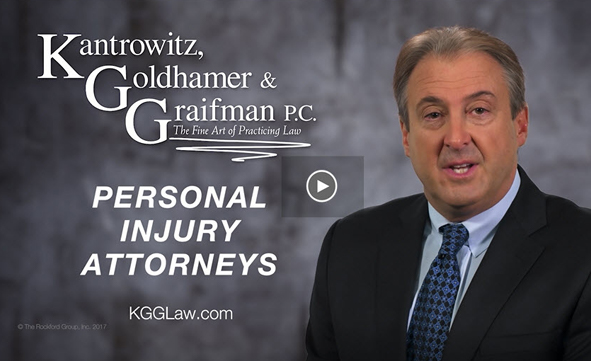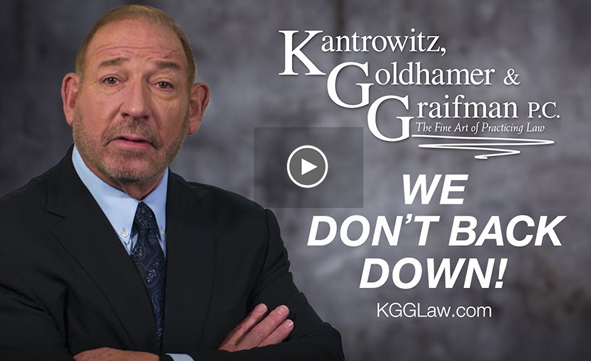1. A little knowledge is dangerous.
Shortly after the Will of actor James Gandolfini was filed for probate, it became the focus of commentators who offered opinions concerning the quality of the estate planning reflected in the actor’s Will. A fundamental principle of estate planning is that it must be done in context. The aggressive criticisms of the planning for the Gandolfini Estate must be taken with a very large “grain” of salt – no commentator was in a position to gauge either the effectiveness of the overall estate plan or the role played by the actor’s Will in his total estate plan.
It was widely reported that Gandolfini’s Estate would be subject to payment of estate taxes amounting to $35,000,000, and that his Will did nothing to mitigate that huge “tax bite.” Those assertions are meaningless without consideration of the appropriate context. It would take a net taxable estate of approximately $70,000,000 to give rise to $35,000,000 in combined federal and New Jersey State estate taxes. The probate petition indicates that James Gandolfini’s gross probate estate amounted to only approximately $6,000,000, a mere fraction of the assets needed to result in such substantial estate taxes.
We might assume, but we do not know, that Gandolfini’s estate includes more than $60,000,000 of “non-probate” assets (i.e., assets passing outside his Will). We have no information, however, regarding the disposition of those assumed additional assets, nor do we know the extent to which all or any part of them will be subject to estate taxation. There are techniques to reduce the estate taxes payable with respect to non-probate assets, as well as with respect to assets passing by Will.
A Will disposes only of individually owned property – it does not dispose of property held jointly, with right of survivorship; nor does it dispose of beneficiary-designated property, such as life insurance proceeds, “in trust for” or “pay on death” bank accounts, guaranteed annuities, and IRA accounts or other retirement plan benefits.
2. Wills become public documents.
Perhaps the biggest lesson to be drawn from the media circus following the filing of the Gandolfini Will is that, when filed for probate, a Will and the accompanying probate petition become public documents. Most people, however, other than high net worth individuals and persons living in the public eye, are unconcerned that certain facts about their family and financial situations can be scrutinized by the general public following death. For those who are concerned about such matters, there are alternatives to using a Will as the primary estate planning vehicle, such as transferring assets to a “Revocable Living Trust” which will preserve personal and family privacy. Given Mr. Gandolfini’s high profile, it was surprising to some that he used a Will to dispose of even a part of his assets.
3. Tax minimization is not the be-all and end-all of estate planning.
At the heart of any estate plan should be a sensible relationship between the testator’s assets and his or her intended beneficiaries. Nobody likes paying taxes, but it is unfair for several reasons to criticize James Gandolfini’s Will for a “failure” to make optimal use of estate tax minimization strategies.
First, use of the marital deduction often only postpones the payment of estate taxes until after the death of the first decedent’s surviving spouse, rather than “saving” estate taxes. Any actual savings often is largely limited by the extent to which the surviving spouse could not fully utilize the available estate tax exemptions, without reference to an inheritance from the decedent. If the estate of the surviving spouse would fully utilize the available exemptions, any savings might be outweighed by the estate tax on the appreciation of inherited assets occurring between the two deaths.
Second, non-marital deduction estate tax minimization strategies can involve a separation of control from value (e.g., a family limited partnership arrangement designed to obtain estate tax valuation discounts typically makes the limited partnership interests subservient to the controlling general partner, and a so-called “charitable lead trust” will require that the intended individual beneficiaries wait years to receive their inheritances) or even a complete loss of value (e.g., outright charitable gifts reduce the estate taxes payable, but also work a net reduction in the remaining non-charitable inheritances).
Third, many high net worth individuals (especially those who have made, rather than inherited, their own fortunes) take the position that it can be harmful to inherit too much money, robbing a young heir of ambition. Such persons devote more effort and attention to “incentivizing” their children and grandchildren than they do to maximizing their inheritances.
Fourth, when an intended beneficiary is very young (James Gandolfini’s daughter was only two months old at his death) or under some other legal disability, the primary concern should be to structure that beneficiary’s inheritance in ways that make practical, human sense.
The most valuable benefit from a probate petition being filed for Mr. Gandolfini’s Will may be the healthy debate it has sparked over the purposes and uses of estate planning and the care to be used in designing a plan that suits the intentions and situation of each individual.
Kantrowitz, Goldhamer & Graifman, P.C. – Wills, Trusts and Estate Lawyers










